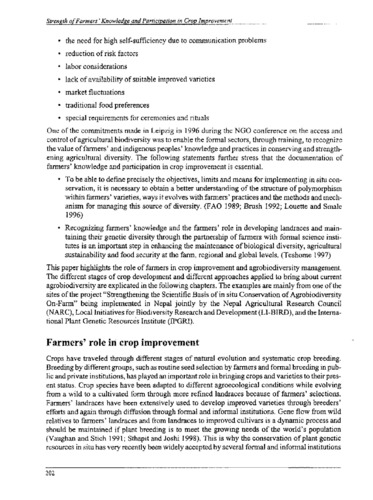Evaluation pasture germplasm under different grazing management systems
Abstract
Three steps in forage germplasm evaluation, leading to the identification of superior cultivars, are discussed. Emphasis is given to the use of the grazing animal to defoliate the collection of accessions, beginning in the introduction nursery to provide preliminary information on acceptability and persistence of genotypes. As the evaluation continues, the number and complexity of experimental variables increase to include components of grazing management. A range of factors encompasses both the spectrum of environmental circumstances and the defoliation management systems likely to be encountered under farm conditions.
Response surface methodology provides designs for estimating optimal operating conditions when multiple factors are studied in combination. Central composite designs and their modifications are suggested as alternatives for providing information around the optima when several experimental and response variables are of interest. Some examples of response surface designs are given for forage germplasm evaluation.
In evaluating forage germplasm, past emphasis was primarily to select for the highest yielding lines. However, these selections are not necessarily the most persistent under grazing. The farmer is interested in persistence which suggests that the plant breeder and agronomist should reevaluate the methods used to screen superior lines. This paper illustrates experimental designs which will provide information on the interactions between forage plants and the grazing animal. The interface between the animal and the plant, especially the effect that the stress imposed by the grazing animal has on plant survival and production, is also discussed.

